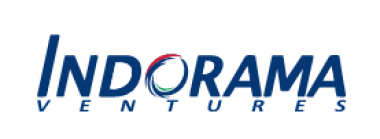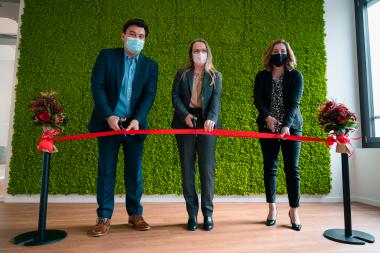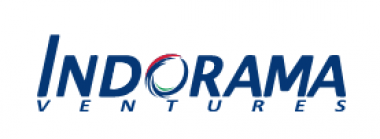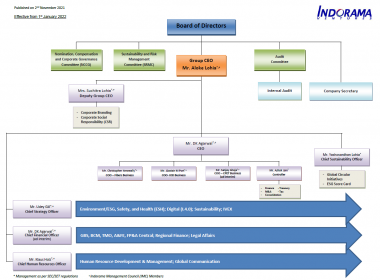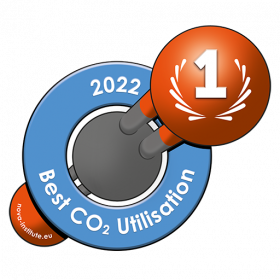Indorama Ventures wins “Best Sustainability-Linked Transaction & Best ESG-Linked Financing Deal of the Year”
Indorama Ventures Public Company Limited (IVL) was awarded “Best Sustainability-Linked Transaction & Best ESG-Linked Financing Deal of the Year” for its THB 10 billion Sustainability-Linked Bond (SLB) issued in November 2021.
The award was announced at the 15th Best Deal & Solution Awards 2021 by Alpha Southeast Asia, an institutional publication focused on investment in Southeast Asia. This recognition marks IVL's commitment to sustainable growth and ESG performance as a global leader in the chemical industry.
Yash Lohia, Chairman of ESG Council at Indorama Ventures, said, "This award reflects our long-standing commitment to sustainability and creating opportunities for investors to take part in the positive transformation of the chemical industry. This award confirms that financial markets value our ambitious sustainability and ESG efforts towards a more sustainable future.”
IVL's THB 10 billion issuance sets a new benchmark as the largest SLB transaction in Thailand and the first offered to both institutions and high-net-worth investors. The financial instrument is linked to the company's sustainability goals of reducing GHG emissions intensity by 10% by 2025, increasing recycling of PET bale input to 750,000 tons per year by 2025, and achieving 25% renewable electricity consumption in 2030.
IVL appointed Bangkok Bank, Kasikorn Bank, Krungthai Bank, Siam Commercial Bank, and the Bangkok branch of HSBC as as arrangers and bookrunners for the green transaction.
Indorama Ventures Public Company Limited


